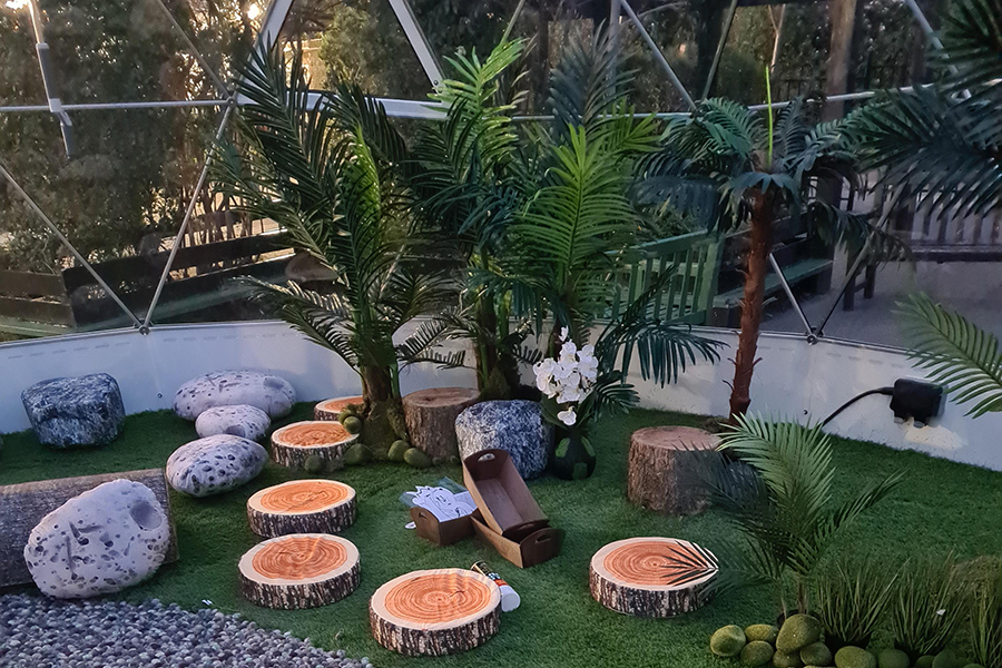
Since the introduction of the SEND Code of Practice almost 10 years ago we have seen increasing numbers of pupils enter early years with an Education, Health and Care Plan (EHCP) in place – and these numbers are rising more quickly year-on-year (Thomson, 2024).
In particular, there has been a significant rise in the proportion of pupils receiving support for autism, language and communication, and social, emotional and mental health needs (SEMH).
The rise of internal alternative provision
Naturally this sharp increase has presented challenges for pupils, parents and professionals across the sector. In the face of budget constraints, lack of available provision locally, and increasing numbers of pupils presenting with SEMH, school leaders have sought innovative ways to meet the broad range of pupils’ needs.
Register now, read forever
Thank you for visiting Headteacher Update and reading some of our content for professionals in primary education. Register now for free to get unlimited access to all content.
What's included:
-
Unlimited access to news, best practice articles and podcasts
-
New content and e-bulletins delivered straight to your inbox every Monday
Already have an account? Sign in here
